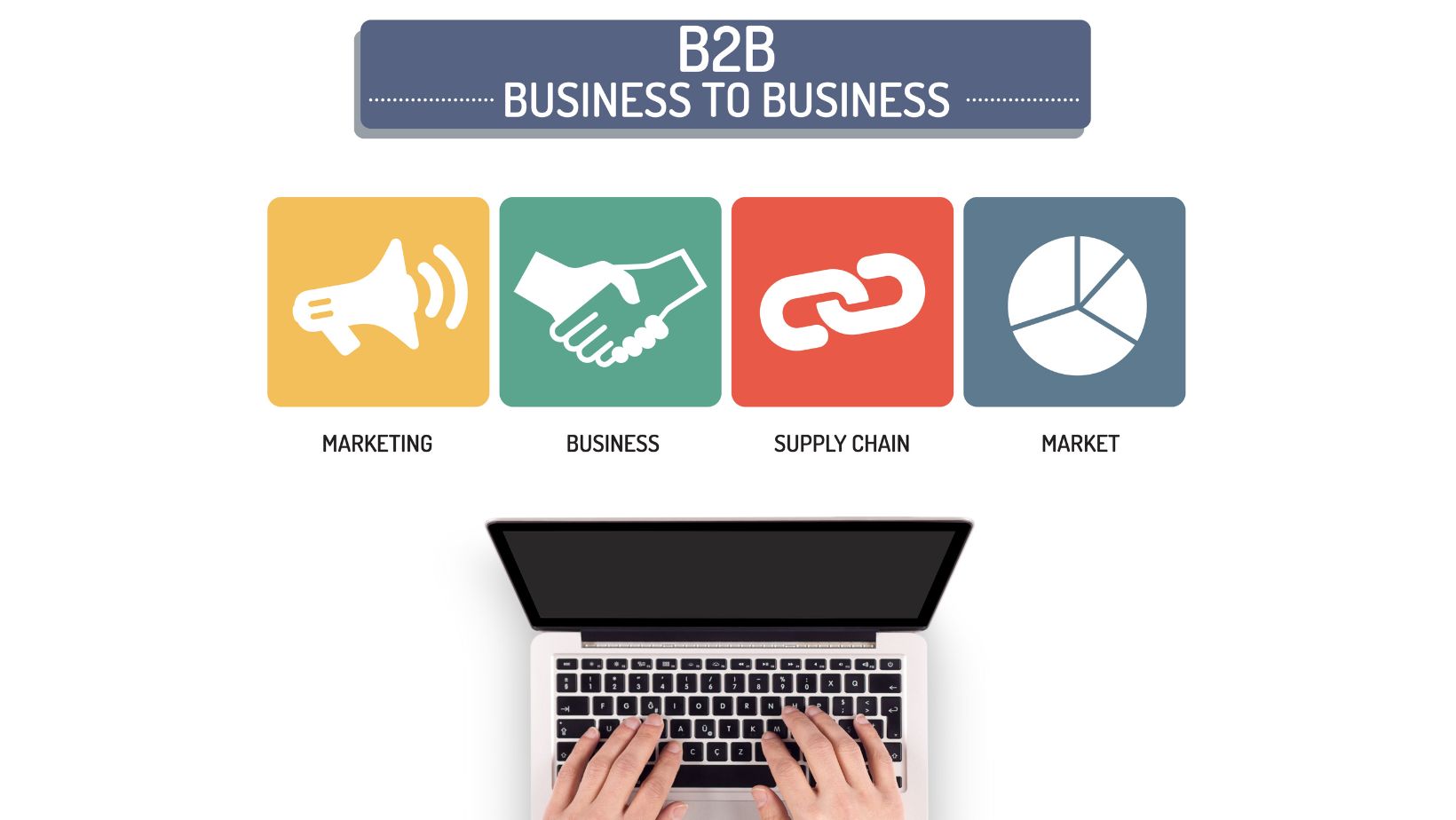Understanding B2B Punchout Catalogs: A Comprehensive Guide

In the world of business platforms, B2B punchout catalogs are essential tools for optimizing procurement processes. This guide delves into the concept of punchout catalogs, their advantages, implementation challenges, and best practices for effective use.
What is a B2B Punchout Catalog?
A B2B punchout catalog is a digital interface that integrates with a buyer’s procurement system. This integration enables buyers to access a supplier’s catalog directly from their own procurement system, facilitating a seamless ordering process. Unlike traditional catalog systems, punchout catalogs allow buyers to shop within the supplier’s platform while maintaining the functionality of their own procurement system.
How Punchout Catalogs Work
The punchout process begins when a buyer initiates a punchout session from their procurement system. They are redirected to the supplier’s catalog, where they can browse and select items. Once the selection is made, the card details are sent back to the buyer’s procurement system, where the order is finalized. This method preserves the integrity of both the buyer’s and supplier’s systems, ensuring accurate data transfer and order processing.
Benefits of Using Punchout Catalogs
- Streamlined Procurement: Punchout catalogs streamline the procurement process by integrating directly with existing systems. This reduces the need for manual data entry, which minimizes errors and administrative overhead.
- Real-time Updates: These catalogs are updated in real-time, providing buyers with the latest product information and prices. This ensures that all purchases are based on the most current data, reducing discrepancies and improving decision-making.
- Improved Compliance: Punchout catalogs help enforce procurement policies by ensuring that orders are placed within predefined guidelines. This leads to better budget control and adherence to company procurement rules.
- Enhanced Efficiency: The automation of the ordering process speeds up transactions and reduces processing times. This results in quicker delivery and a more efficient procurement cycle.
- Reduced Costs: By automating the procurement process and minimizing errors, punchout catalogs can lead to cost savings. This includes reduced labor costs associated with manual entry and fewer mistakes that can lead to financial losses.
Challenges in Implementing Punchout Catalogs

- Technical Integration: Integrating punchout catalogs with existing procurement systems can be technically challenging. It requires coordination between IT departments and suppliers to ensure compatibility and smooth operation.
- Cost Considerations: The initial setup and ongoing maintenance of punchout catalogs can be expensive. Companies need to evaluate the return on investment to determine if the benefits justify the costs.
- Supplier Compatibility: Not all suppliers offer punchout catalogs. This can limit the range of products and services available through this method, potentially impacting procurement flexibility.
- System Complexity: Managing multiple punchout catalogs from different suppliers can add complexity to procurement processes. Companies must ensure that their systems can handle this complexity without affecting efficiency.
- Data Security: Ensuring the security of data transferred between systems is critical. Companies must implement robust security measures to protect sensitive information during the punchout process.
Ideal Practices for Effective Use
- Select Compatible Suppliers: Choose suppliers who offer well-maintained and user-friendly punchout catalogs. Reliable suppliers contribute to a smoother procurement experience and better system integration.
- Regular Catalog Reviews: Periodically review and update punchout catalogs to ensure they meet your current needs. This practice helps maintain accuracy and relevance in your procurement process.
- Training and Support: Provide thorough training for users on how to navigate and use punchout catalogs effectively. Adequate training reduces errors and improves overall system utilization.
- Monitor and Evaluate Performance: Continuously monitor the performance of punchout catalogs to identify and address any issues. Regular evaluation helps in maintaining system efficiency and effectiveness.
- Implement Robust Security Measures: Ensure that your systems and punchout catalogs are secure. Protect sensitive data with strong security protocols to prevent unauthorized access and data breaches.
- Enhance System Compatibility: Work with your IT team and suppliers to ensure that all systems are compatible and that integration is seamless. This helps avoid technical issues and improves the overall functionality of punchout catalogs.
- Evaluate ROI: Regularly assess the return on investment of punchout catalogs. Compare the costs of implementation and maintenance with the benefits gained, such as time savings and reduced errors.
Case Studies and Examples
To better understand the impact of punchout catalogs, consider the following examples:

- Retail Industry: A major retailer implemented punchout catalogs to streamline their procurement process. By integrating these catalogs with their procurement system, they reduced manual entry errors and achieved faster order processing. The real-time updates ensured that they always had access to the latest product information, leading to more accurate purchasing decisions.
- Healthcare Sector: A healthcare organization used punchout catalogs to manage its medical supply procurement. The integration allowed for easier compliance with procurement policies and better control over budgets. The efficiency gains from automated processes translated into quicker delivery times for critical supplies.
Conclusion
B2B punchout catalogs offer significant advantages for modern procurement processes by integrating business platforms and simplifying order management. Despite the challenges associated with their implementation, such as technical integration and cost considerations, the benefits—including streamlined procurement, real-time updates, and improved compliance—often outweigh the drawbacks. By adhering to best practices and addressing potential issues, companies can leverage punchout catalogs to enhance their procurement operations and achieve greater efficiency.

 EV Course: What to Expect from an e-Postgraduate Diploma in E-Mobility
EV Course: What to Expect from an e-Postgraduate Diploma in E-Mobility  Autonomous AI Agents Are Revolutionizing the Way We Handle Cybersecurity Breaches
Autonomous AI Agents Are Revolutionizing the Way We Handle Cybersecurity Breaches  Using ZTNA to Manage Remote Access to Cloud-Based DevOps Tools
Using ZTNA to Manage Remote Access to Cloud-Based DevOps Tools